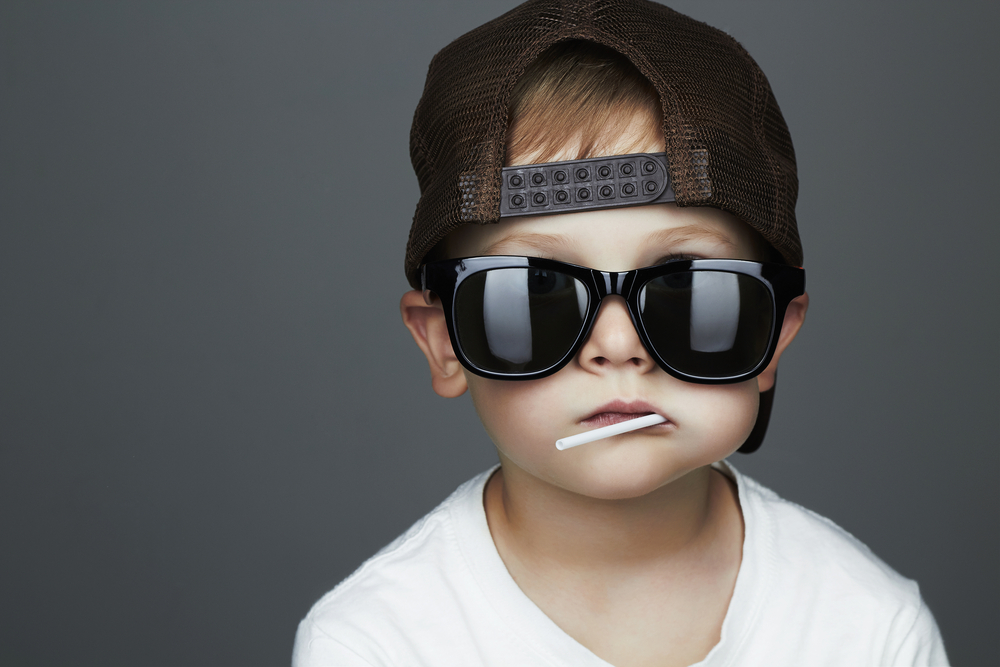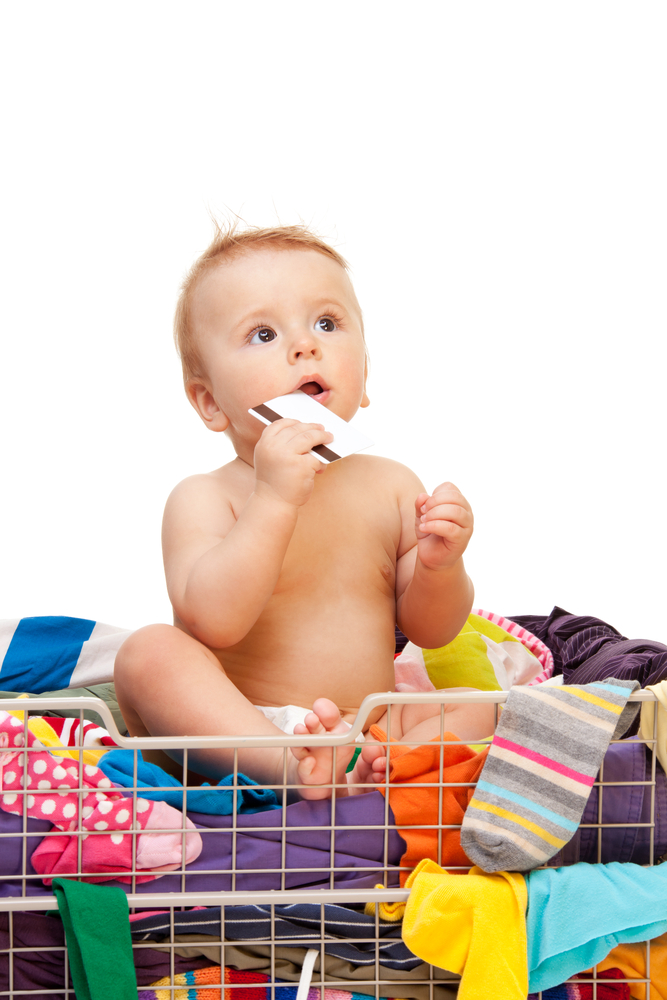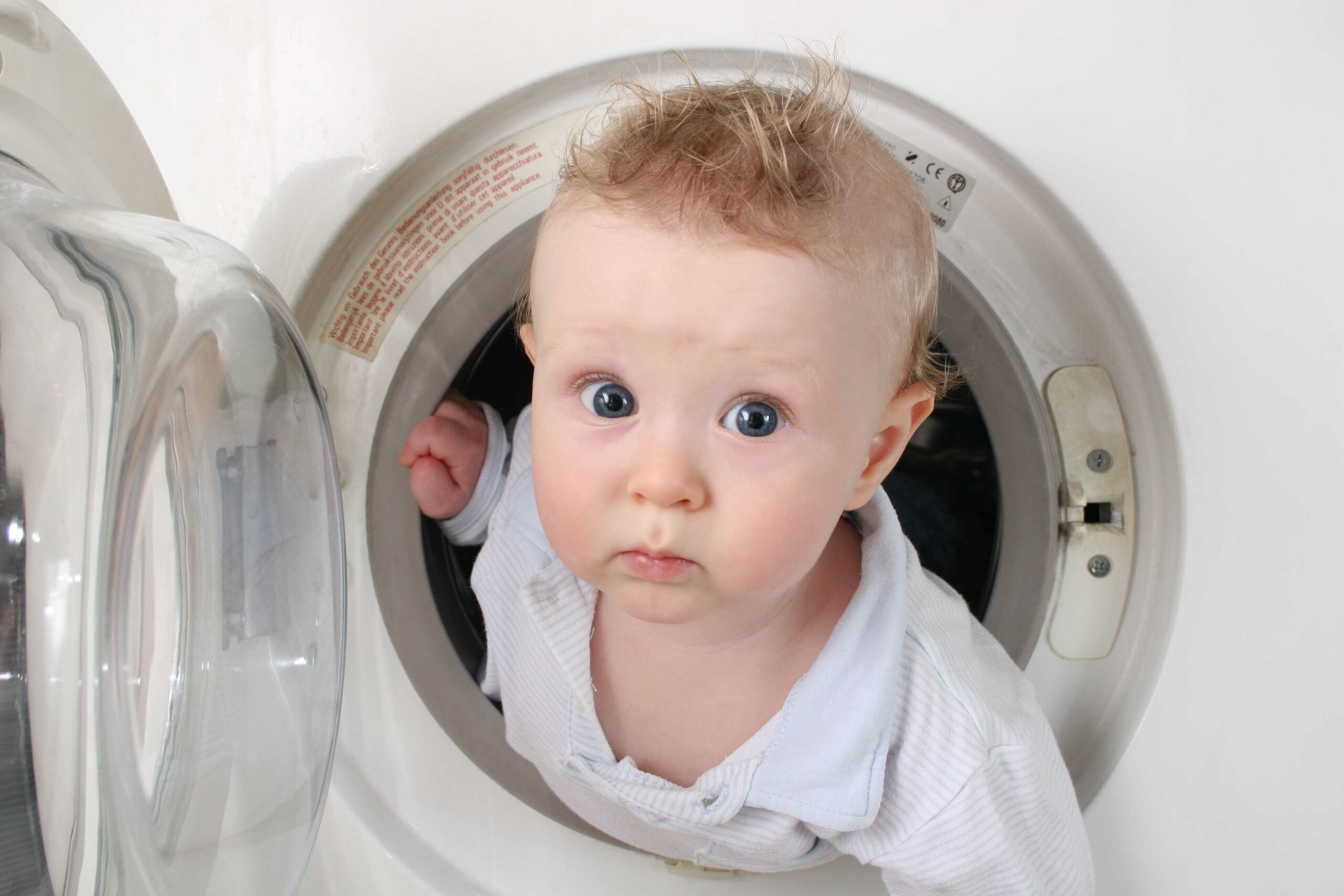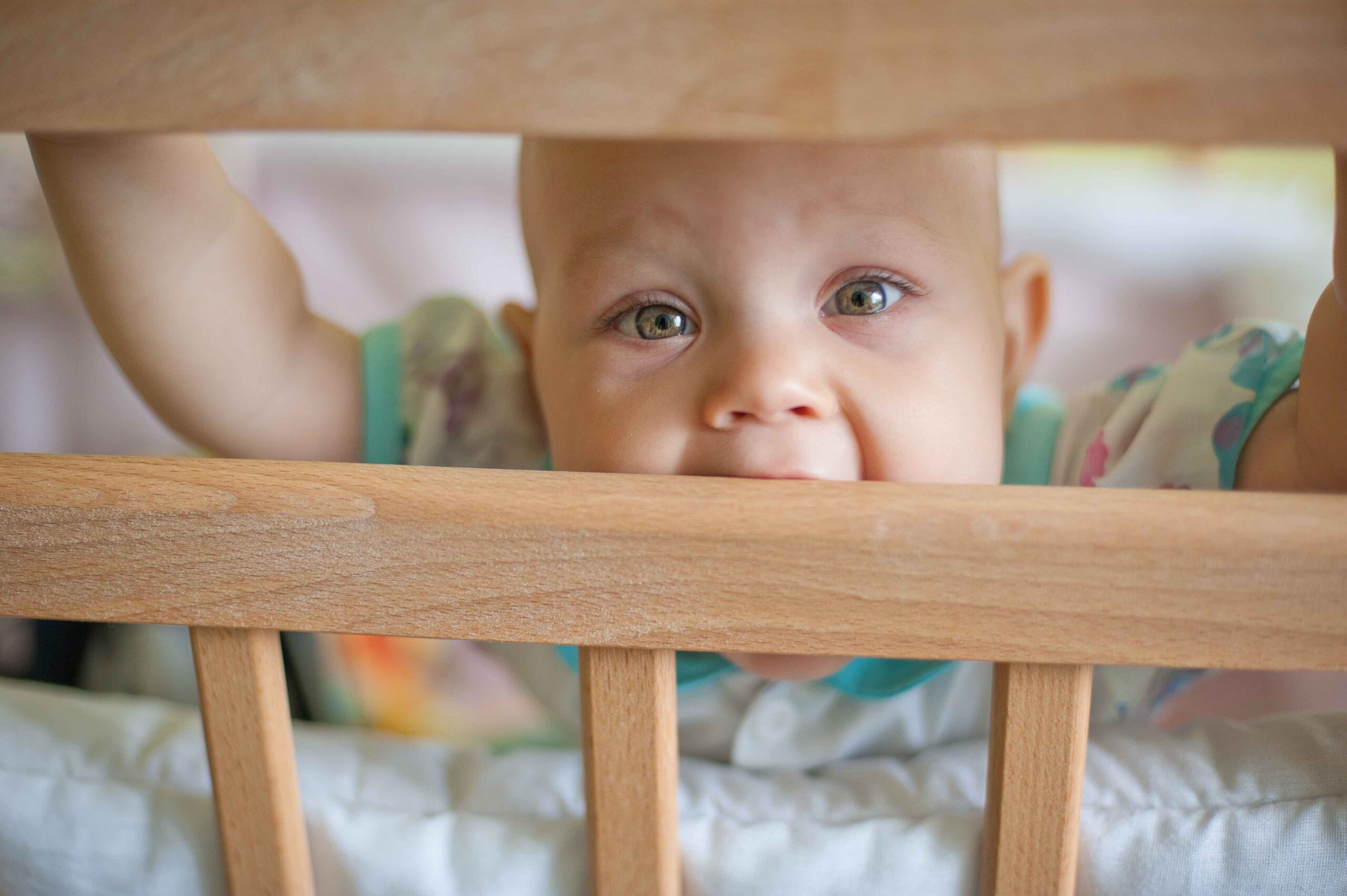Wanna get top dollar from the tooth fairy? Here’s how to keep those baby teeth healthy!
Fluoride is the Goldilocks of preventive medical treatments. Too little leaves teeth prone to decay. Too much can permanently stain the teeth. Over the course of many decades scientists have determined the amount of fluoride that is just right. However, it is nearly impossible for us to get just the “right” dose because we get fluoride from many sources, in varying amounts, and fluoride is unique in the way it works.
Fluoride combines with calcium and phosphate in the mouth to build a strong, protective enamel on the teeth. The best way to keep enamel healthy and strong is for the teeth to bathe in a low-level of fluoride most of the time. Brushing helps with this. Fluoride levels peak in saliva after brushing and remain at a nice, steady concentration for up to 6 hours.
Tooth decay is actually an infectious disease in which bacteria (usually passed from the mother) break down starch and sugar in the mouth to make acids. These acids dissolve the calcium-phosphate mineral that makes up enamel until the area of the tooth collapses causing a cavity.
Mouth bacteria?! Ewwww
Bacteria like Streptococcus Mutans are transferred from mother to child through habits like cleaning a pacifier by putting it in the mother’s mouth, kissing the child directly on the mouth or pre-tasting food. Scientists observed that the earlier a child’s mouth had bacteria, the greater their risk of cavities. However studies that looked more closely at the relationship between cavities and oral bacteria have shown that being exposed to bacteria early in life is actually protective. Children with lots of contact with maternal saliva before their teeth came in had lower numbers of bacteria and fewer cavities than those with less contact. Scientists suspect this is because the infant’s early exposure might increase the child’s immune resistance to the infection.
So fluoride works best when it directly touches the teeth. That’s why supplements that you swallow don’t have much effect on building strong teeth. And new baby teeth are more prone to decay than teeth that have had a chance to mature in the mouth for a few months. Parents need to be particularly attentive to new baby teeth and brush them as soon as they appear.
Every wonder why kids’ teeth are so yellow? Read my post for the simple answer!
For years the message has been don’t eat too many sugary foods. While the acids from breaking down sugary foods do cause decay, good brushing and dental care mostly counteracts the destructive effects. However the characteristics of foods do have an important influence. Sticky foods stay on teeth longer and cause the most damage and can even be difficult to brush off. Dentists dislike the worst offenders: gummy vitamins and fruit roll-ups. *(Evil German dentists were the original investors in gummy bears in the 1920s1)
The good news is that it appears that hard cheese after a meal is very beneficial. Cheese increases the flow of saliva and contains calcium, phosphate and casein, a milk protein, which protects teeth. Finish a meal with a piece of cheese to counteract the acids produced in your mouth after a bowl of spaghetti. But you’ll still have to brush and floss before bed.
Tooth-care tips
- Ingest sugary foods after a meal, rather than allowing a child to “graze” on such foods throughout the day
- Drink fruit juice only at meals, and avoid sodas and other sweetened drinks in the first 30 months of life while teeth are coming to the surface
- Avoid foods that are slowly cleared from the mouth (eg, raisins, peanut butter, gummy fruit)
- Supervise brushing and flossing until about eight years of age or when a child can tie shoelaces (a marker of the manual dexterity necessary for effective brushing)
- Brush kids teeth twice daily
- Use a soft brush, or washcloth to clean infants’ teeth when they have 4 teeth in a row
- Begin flossing when a child has any 2 teeth that touch
- Use fluoride toothpaste; limit the amount to the size of a grain of rice until age 2-3, then increase to a pea-sized amount. (Two-year-olds ingest an average of approximately two-thirds of the toothpaste used in brushing so you need to use less to avoid “fluorosis”)
- Over-the-counter fluoride rinse does not provide any benefit beyond fluoride toothpaste for children at low risk of cavities, but may be beneficial in preventing cavities in children over 6 years who have already had several cavities
- Young children should NOT rinse after brushing. If a child can’t spit, studies shows that kids swallow more toothpaste when they rinse
Wanna know more?
1. This is mostly a fabrication, evil dentists weren’t investors. Of note, gummi bears containing the cavity-fighting additive xylitol are now being tested.






